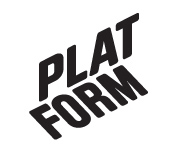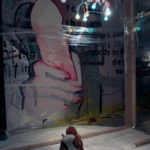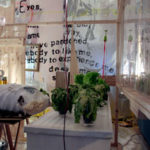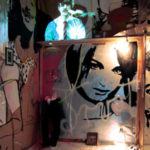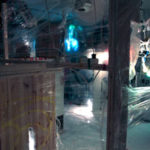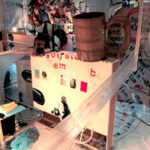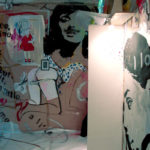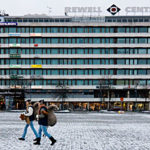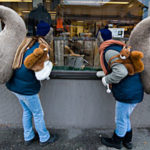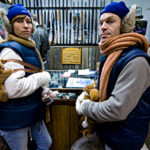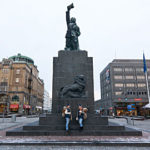Kuntsi Modern Museum of Art in Vaasa

Platform, in collaboration with Kuntsi Museum of Modern Art, starts a new series of live art happenings called Platform Live. On the program for this first edition are performances by Tari Ito (Japan) and Irma Optimisti (Finland).
Tokyo-based Tari Ito is one of the most important female performance artists in Japan and East Asia. Her performances deal with feminism and female sexuality, seen through the historical ways of representing womanhood. Ito has performed all over the world, and she has also organised an international network of female performance artists.
Like Ito, Vaasa-born Irma Optimisti is a leading female performance artist, especially in Europe. This time, her performance will have a sculptural dimension. The process will be presented as it is.
Free entrance. Welcome!
Wednesday April 21st at 7pm – Performance artists Tari Ito (Japan) and Irma Optimisti (FI)
Comments closed
